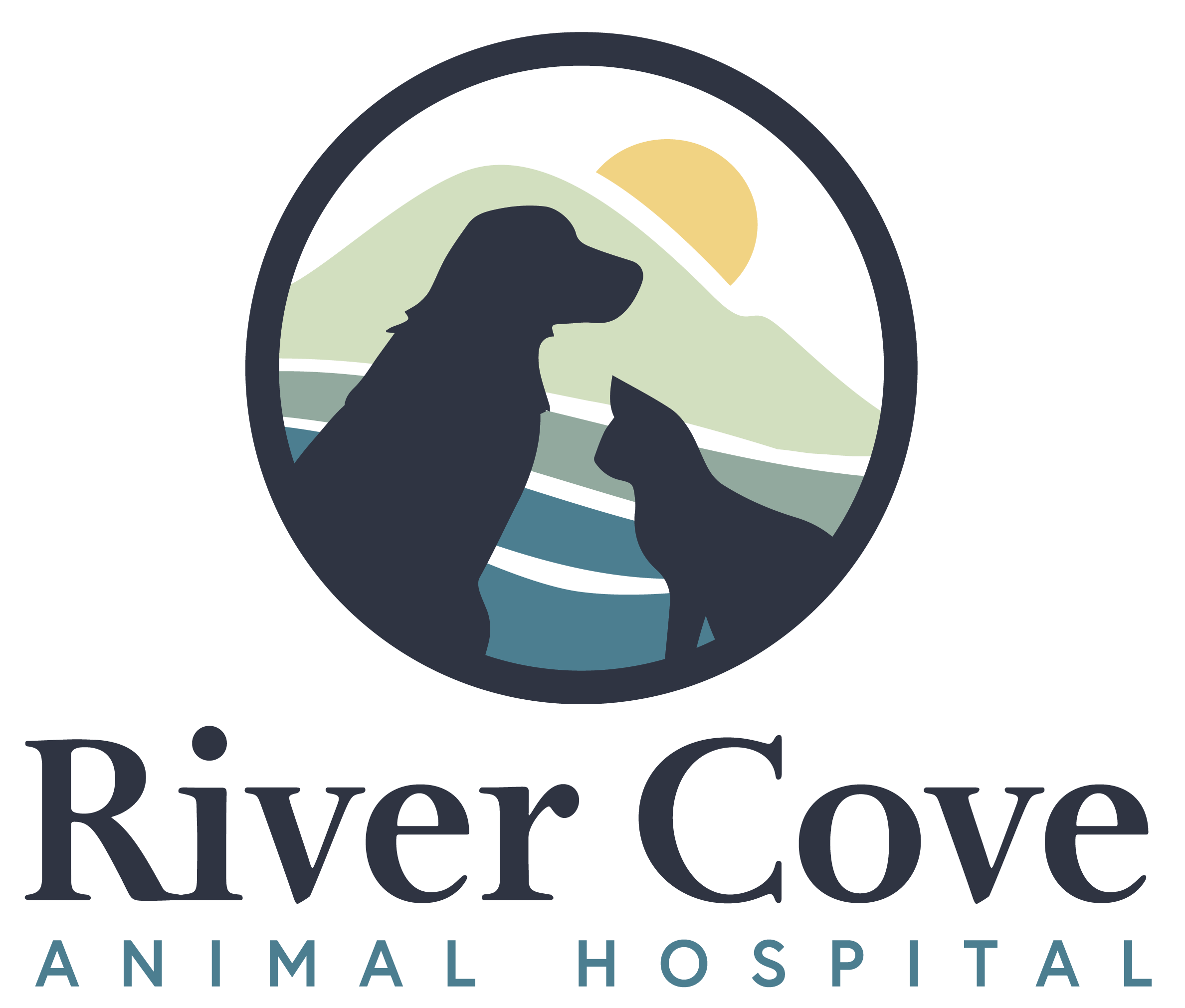Library
-
Dogs love to run. Dogs love to jump. Dogs love to swim. If your dog likes to do all three, why not investigate the relatively-new canine sport of dock diving? It’s a competitive event where dogs are judged on how far or how high they leap from a stationary dock into a body of water.
-
Field trials focus on team-hunting and allow humans and their pet dogs to rekindle their hunting instincts in a fun, competitive format.
-
On your marks, get set, go! Dogs running, jumping, catching balls, making razor sharp turns, and racing to a finish line; that's the canine sport of flyball.
-
Treats are a great way to bond with your dog but are an additional source of calories that must be considered within the overall diet. Treats should be no more than 10% of your dog's daily calorie intake and, in greater quantities, can create a nutritional imbalance. Consider choosing lower calorie treats for your dog to avoid exceeding the 10% rule.
-
Walking is great exercise for both you and your dog. This article outlines some tips, requirements, and best practices to ensure you both have a safe, enjoyable walk. Make sure your veterinarian clears your dog for any new physical activity.
-
Chewing is a normal behavior for puppies and adult dogs, but it can be unsafe when non-food items are ingested. Supervision combined with ample access to appropriate, appealing chew toys can prevent and reduce inappropriate chewing. In some cases, destructive chewing is abnormal and may reflect an underlying physical or behavioral illness. Consult your veterinarian if you are concerned.
-
Dogs dig for a variety of reasons. It may be done to accomplish a goal that, to a dog, is reasonable, but it can also be a sign of an underlying behavior disorder. This handout describes the most common causes of destructive digging and methods that can be used to manage it.
-
This handout discusses the causes and potential treatments for excess gas (flatus or flatulence) in dogs. Factors such as diet, speed of eating, exercise and foods to avoid are highlighted.
-
The relationship between people and their dogs is an unconditional bond where dogs understand more about us than previously thought. They know how to read our feelings and respond appropriately to either help us or celebrate with us. A combination of visual, auditory, and even scent cues help them put together a full picture of our current emotional state.
-
Periodontal disease is the most common problem affecting dogs of all age groups. The importance of daily, at-home dental care cannot be overemphasized. Dogs may benefit from either a food, treat, water additive, gel or powder that has been approved by the VOHC to reduce plaque buildup.

